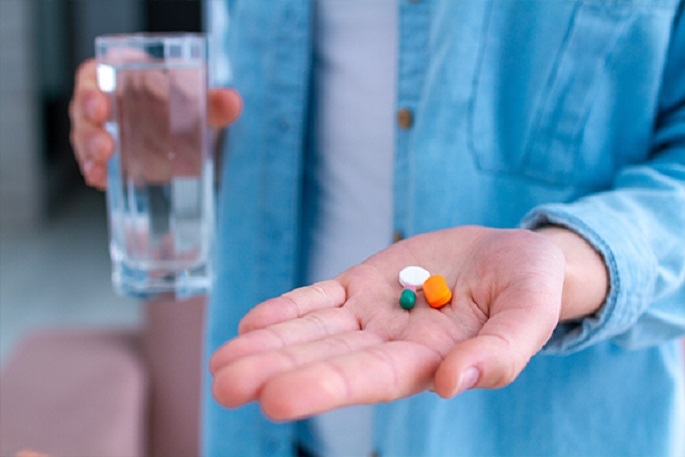Reducing environmental drug load
SYKE stresses boosting waste water treatment
Published : 08 Jul 2020, 17:22
Updated : 09 Jul 2020, 10:23
The load of active pharmaceutical ingredients released into the environment can be reduced by treating waste water at primary sources, such as hospitals, healthcare institutes, households and pharmaceutical industry, and by boosting waste water treatment at municipal waste water treatment plants, said the Finnish Environment Institute (SYKE) in a press release.
The release said when choosing a treatment method, particular attention should be paid to the presence of the most harmful pharmaceutical agents
A large research project produced new information about reducing pharmaceutical emissions at primary source and municipal waste water treatment plants and studied suitable methods for reducing these emissions. It also identified pharmaceutical residues that are most harmful to the environment, and the most efficient technological solutions for their treatment.
Population growth and ageing increase the use of pharmaceuticals, which in turn increases the amount of their residues in waste water. Urbanisation means that pharmaceutical emissions are more localised. Pharmaceutical residues can be found in treated waste water and sewage sludge, from where they enter into the environment. These residues are also a challenge for the safe recycling of the nutrients found in urine and sewage sludge.
Pharmaceuticals are intended to be effective at low concentrations. Even though their environmental concentrations are generally low, they have been found to have the potential to impact, for example, the sexual development (hormone residues) and behaviour (residues of mood-altering medication) of organisms. In addition, there is not enough information on the mixture effects of these residues in the environment or their cumulative interactions with other contaminants present in waste water.
“The environmental drug load can be reduced by introducing effective treatment techniques at the primary emission source or at municipal waste water treatment plants. In addition to technological solutions, environmental load should be reduced by various policy instruments, such as legislation, recommendations, guidelines and communication, to improve appropriate waste management and to reduce unnecessary medication. Studies that focus on information of pharmaceutical emissions, their environmental risks and ways to reduce them promote the implementation of the EU Strategic Approach to Pharmaceuticals in the Environment at the national level”, said Leading Expert Taina Nystén from SYKE.
With the support of Business Finland and several organisations, SYKE, LUT University, the University of Helsinki, and their partners implemented the study project “Efficient Treatment of Pharmaceutical Residue at Source (EPIC), which ran for nearly four years. The project looked at pharmaceutical residues from various emission sources, such as hospitals, healthcare facilities, the pharmaceutical industry and households, that enter municipal waste water, assessed the environmental risks of pharmaceuticals, mapped effective technical solutions and instruments to reduce the most harmful emissions and issued recommendations for reducing the pharmaceutical load into the environment.


